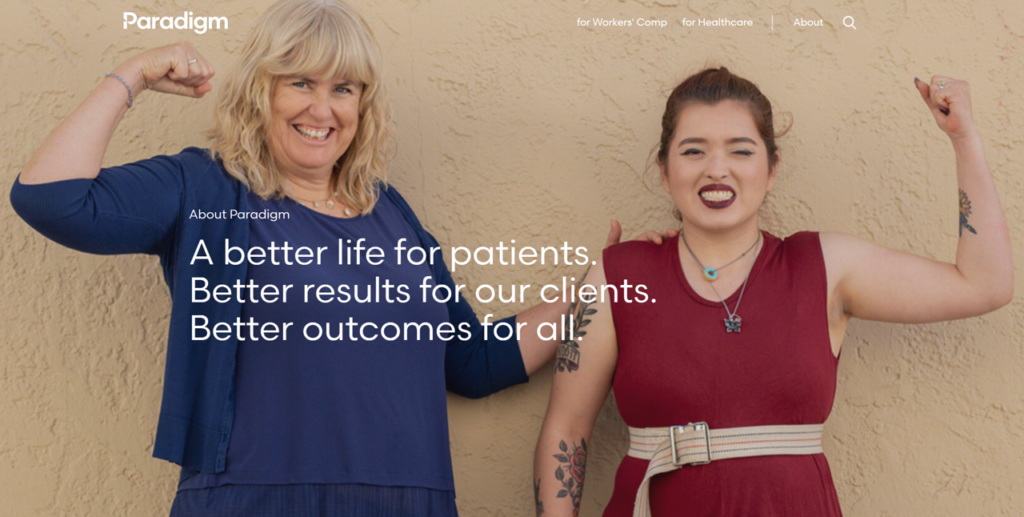
While 2 in 3 American adults with no chronic health conditions go online to access health information, only 1 in 2 chronically ill people seek health information online.
This irony here is that those who most need access to online information, support and tools don’t use them as much as people who are healthy. “The Internet access gap creates an online health information gap,” say Susannah Fox and Kristen Purcell of the Pew Internet & American Life Project in their landmark report, Chronic Disease and the Internet.
It’s not that sicker people aren’t interested in accessing health information; it’s that these people don’t have as much access to the Internet, according to Pew’s survey data from December 2008. 50% of the well in America have wireless access; only 24% of the chronically ill have wireless.
The most striking chasm between the health-have’s and the sicker have-not’s is that 61% of Americans with no chronic illness have broadband at home — but only 37% of Americans with 2 or more chronic conditions have broadband at home.
Note in the table that there are variations in Internet access by chronic condition. The two conditions with among the lowest levels of Internet access are people with heart conditions and people with diabetes. While 81% of Americans with no chronic conditions go online, 47% of people with heart disease and 50% of Americans with diabetes have Internet access.
Once online, though, chronically ill Americans say the information they access had an impact on their condition. In particular, people with 2 or more conditions are more likely than healthy people to seek information on specific medical problems, prescription and OTC drugs, health insurance, and experimental medicines.
Health Populi’s Hot Points: Pew’s analysis identifies one of the key barriers to participatory health: access to state-of-the-art Internet connections, both broadband and wireless. As chronically ill people are disproportionately offline, their sphere of medical influence tends to be very local: their physician, their friends and family. books and references from the local library.
Yet the more chronic conditions someone has, the more complex their individual health challenges become…and the more expertise available, the greater likelihood the person will have at finding solutions to medical challenges.
The fact that patients with diagnoses of two of the largest public health epidemics in the U.S. — heart disease and diabetes — have less access to the Internet — underscores the challenge outlined in this report.
Access to Internet connectivity, such as the plans recommended by the recent FCC Broadband Plan’s health chapter, along with evangelizing and supporting digital literacy among the digitally ‘naive,’ will help build a participatory health citizenry in the U.S. This investment will go a long way in helping to bend the health care cost curve in the U.S., along with improving American health citizens’ quality of life.




 Jane will deliver the keynote address at the upcoming
Jane will deliver the keynote address at the upcoming  Thank you, Jared Johnson, for including me on the list of the
Thank you, Jared Johnson, for including me on the list of the  I am so grateful to Tom Lawry for asking me to pen the foreword for his book, Health Care Nation,
I am so grateful to Tom Lawry for asking me to pen the foreword for his book, Health Care Nation,